|
With only 30 seconds to go, the Space X launch has been delayed until 6:01PM EST on Thursday, July 25th. Watch live at: https://www.nasa.gov/nasalive
0 Comments
At 6:24 PM EST, the Ashford Experiment is scheduled to launch from Kennedy Space Center to the International Space Station. If you'd like to watch along, please click the link below or visit: https://www.nasa.gov/nasalive Ashford School and Hall Memorial School will see their project lift off on a SpaceX rocket on July 21, 2019 at 7:32 pm ET. The rocket, blasting off from Cape Canaveral Air Force Station, Fla., will carry the student designed experiment to the International Space Station (ISS). Last fall, the Student Spaceflight Experiments Program had students across the nation compete to create research proposals to test the effect of microgravity and have those proposals vetted by a review board. As part of a district collaboration, students at Ashford School and Hall Memorial School worked in groups to develop their experiments. The chosen experiment was designed and implemented by Alison Bean, Anna Dietz, Adam Dunham, Skylar Garrison, Thaddeus Kelly, and Parker Perosky. The students’ were supported by their science and technology teachers, Mrs. Moore, Mrs. Basch, Mrs. Craven, Ms. Imhoff, Mrs. Burnham, and Mrs. Knotts. Ashford and Willington were one of only 41 scientific experiments designed by children from the U.S., Canada and Brazil that will be conducted by astronauts during the experiment’s four to six-week stay on the ISS, as part of the national Student Spaceflight Experiments Program, or SSEP. Their experiment, “The Effects of Microgravity on the Fertilization of Beetroot,” seeks information on the effects of weightlessness on the fertilization of beetroot seeds. This amazing opportunity would not have been possible without community support. Ashford and Willington received $24,000 funding from the Connecticut Space Grant Consortium at The University of Hartford, Subaru USA, Eversource, The Community Foundation of Eastern Connecticut, The Mobile Animal Clinic of Eastern Connecticut, Whitcraft, and TTM Technologies. Their support of this initiative has impacted students across multiple grade levels in both Ashford and Willington. And, thank you to Hart Seed, for providing the beetroot seeds that will be launched into Space. In addition to the science experiment, Mrs Boulanger’s art students at Ashford School created mission patch designs to accompany the science experiment to the ISS. Over 370 students participated in the Ashford Mission Patch Design plan. Students were judged in two different categories: fifth grader Anna Burnham was selected from the 5-8 division and second grader Ellis Anderson was selected from the K-4 division. The two winning patch design display images of space, the Earth, and the Ashford’s mascot PAWS. The Student Spaceflight Experiments Program (SSEP) is a program of the National Center for Earth and Space Science Education (NCESSE) in the U.S. and the Arthur C. Clarke Institute for Space Education internationally. It is enabled through a strategic partnership with DreamUp PBC and NanoRacks LLC, which are working with NASA under a Space Act Agreement as part of the utilization of the International Space Station as a National Laboratory. SSEP is the first pre- college STEM education program that is both a U.S. national initiative and implemented as an on-orbit commercial space venture.
Today, Ashford School students got to ask their questions to an astronaut floating about 250 miles overhead on the International Space Station. Astronaut Serena M. Auñón-Chancellor, flight surgeon on Mission 56/57, answered 16 student questions that ranged from "Do you wear sunscreen into space?" to "What is the hardest thing about having 0 gravity?" to "How many flips can you do?" Image Credit: Fox 61 Students used a special Amateur Radio to make a direct contact. The National Association for Amateur Radio (AARL) helped provide and set up the equipment. Joe Carcia, Kris Bickell, Ally Riedel, David Isgur, and Michelle Patnode all came for the big day to help facilitate the contact. In addition to our ARRL radio representatives, several members of the Eastern Connecticut Amateur Radio Association (ECASA) also came to lead the contact. Bernard served as the main contact, and Ryan and Joe were also on hand leading the contact. They set up a giant antenna system outside so that the signal would reach. They also projected ISS tracking software behind the radio for students to see: Our whole school gathered in the cafeteria, and students who had been selected to ask a question gathered by the stage, each waiting their turn to approach. We all listened with bated breath as Bernard began the contact: "This is KZ1, ISS, this is KZ1, do you copy?"
When we first heard Astronaut Serena M. Auñón-Chancellor, everyone broke out into smiles and gave the thumbs up signal. Despite our excitement, everyone stayed absolutely quiet so we could hear her answer our questions! You can watch all of the students ask their questions below (The questions begin at the 42 minute mark): In addition to our whole school population, the following news stations came to experience the contact as well! They recorded the contact and interviewed students on their thoughts afterwards. Check it out:
Fox 61: https:/fox61.com/2018/10/22/ashford-students-talk-with-astronauts-in-the-space-station/ WFSB: https://www.wfsb.com/news/ashford-students-get-opportunity-to-chat-with-astronaut/article_84a71100-d625-11e8-b8d1-2b8b4e6b48df.html WTNH: https://www.wtnh.com/news/connecticut/windham/ashford-students-speak-with-astronaut-in-international-space-station/1541735276 We are so incredibly grateful to ARISS, ECARA, and ARRL for making this possible for the entire Ashford School community. Our students were literally bursting with excitement at the end of the contact, and many staff members were driven to tears over the wonder they felt during this contact. We even heard many students exclaiming that they wanted to be astronauts as they headed out of the cafeteria and onto the rest of their school day. Look out universe- here comes the Mars Generation! To learn more about the ARISS program, please visit: http://www.ariss.org/ To learn more about AARL, please visit: http://www.arrl.org/home To learn more about ECARA, please visit: http://www.ecara.net/ Check out these photos that our students requested from the International Space Station through Sally Ride's EarthKAM. The photos are a bit cloudy but that is the view from Space. Locations range from East Africa to Chile. This week students at Ashford School prepared to be part of the Mars Generation. Thanks to a generous donation from Buzz Aldrin's ShareSpace Foundation, our school now has a Giant Mars Map which is great for exploring, programming robots, practicing mapping skills, and preparing for life on Mars.
Ashford students and teachers on the launch site at NASA Wallops. We had an OUT OF THIS WORLD experience this morning as we watched our experiment launch on the SR-5 sounding rocket out of NASA Wallops this morning! It was early (the rocket took off at 5:30 AM) but NASA Wallops Visitor Center was full of activity and excitement! Ashford students arrived at 4:45 AM to get seats and waited eagerly for the launch to begin: We got the opportunity to watch a couple of test rocket launches as the sun rose, and then came the countdown for the big show! You could hear lots of cheers, and everyone was so excited to see the rocket go up! If you are interested in watching the launch, it was recorded on NASA Wallops TV here: https://sites.wff.nasa.gov/wmsc/#/home We are looking forward to learning more about the results of our experiment in the next few weeks! What a fantastic learning opportunity for us all- thanks again to Amber, Richard, and everyone on the iDoodle/Cubes in Space Team for making it all happen!
Today, Ashford students got the chance to visit NASA Wallops in Virginia and present their experiments to other students, teachers, and NASA scientists as part of the Cubes in Space program. You can learn more about Cubes in Space here: http://www.cubesinspace.com/ We got to the Wallops Visitor Center bright and early Tuesday morning! Our students paused for a couple quick group shots with their presentations: We got a chance to hear a brief overview of the day, and then students headed out to their exhibitions where they got to share their experiments with the scientific community. There were several scientists and engineers in attendance, including the Director of NASA Wallops!
Richard Sowah, CEO of iDoodle, helped us play a video that explains our cube experiment. Owen and Amber both did an excellent job: Then it was time to head back for some rest before launch day. As long as conditions remain favorable, our Cube will be launching around 5:30 on Thursday morning. It will be live-streamed here: http://www.ustream.tv/channel/nasa-tv-wallops We cannot thank everyone Ashford School enough for being supportive of our Cube experiments and our student presentations! We are also profoundly grateful to Cubes in Space and everyone at iDoodle learning for sponsoring such an amazing opportunity for our students. This past year has been the experience of a lifetime for our students (and us too!). I think we have a whole new generation of scientists, engineers, and astronauts headed out into the world! Look out NASA: here comes the Mars Generation! At Ashford School we aren't growing just any tomatoes. We're growing tomatoes from seeds that flew on the International Space Station to compare to our control earth tomatoes. Do you think that space flight will change how our seeds grow into plants? We can't wait to find out. To learn more and find out how you can get Space Tomato Seeds for your classroom check out: tomatosphere.org
Students in kindergarten through eighth grade are preparing their experiment for launch on a NASA Sounding Rocket next month. The students designed two experiments. One experiment tests the amount of space radiation blocked by a regular bandaid compared to a special radiation blocking bandaid designed by the students. The other experiment tests how dry Nutmeg (because Connecticut is the Nutmeg State) seed coats become during space travel and if an artificial seed coat would be more effective in preventing dryness and increasing nutmeg seed viability. We'll update you on the results after the NASA Rocket launch in June! |
AuthorsKate Craven Archives
October 2018
Categories |
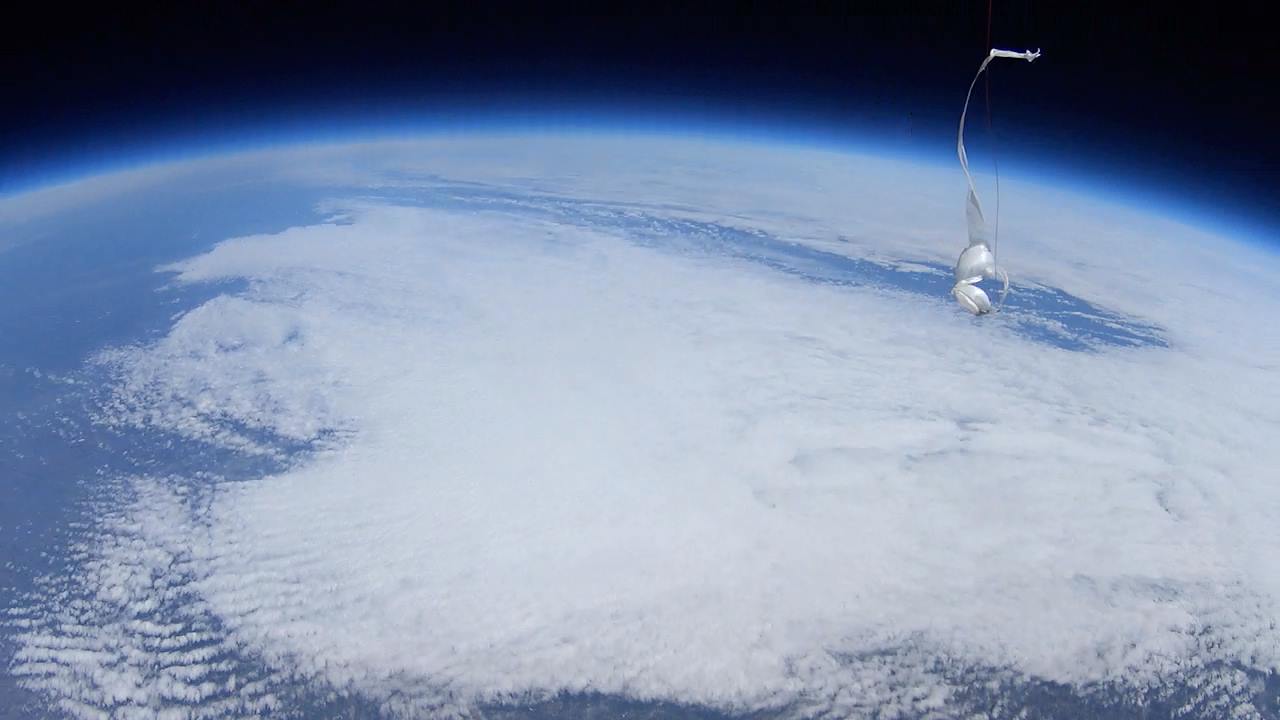
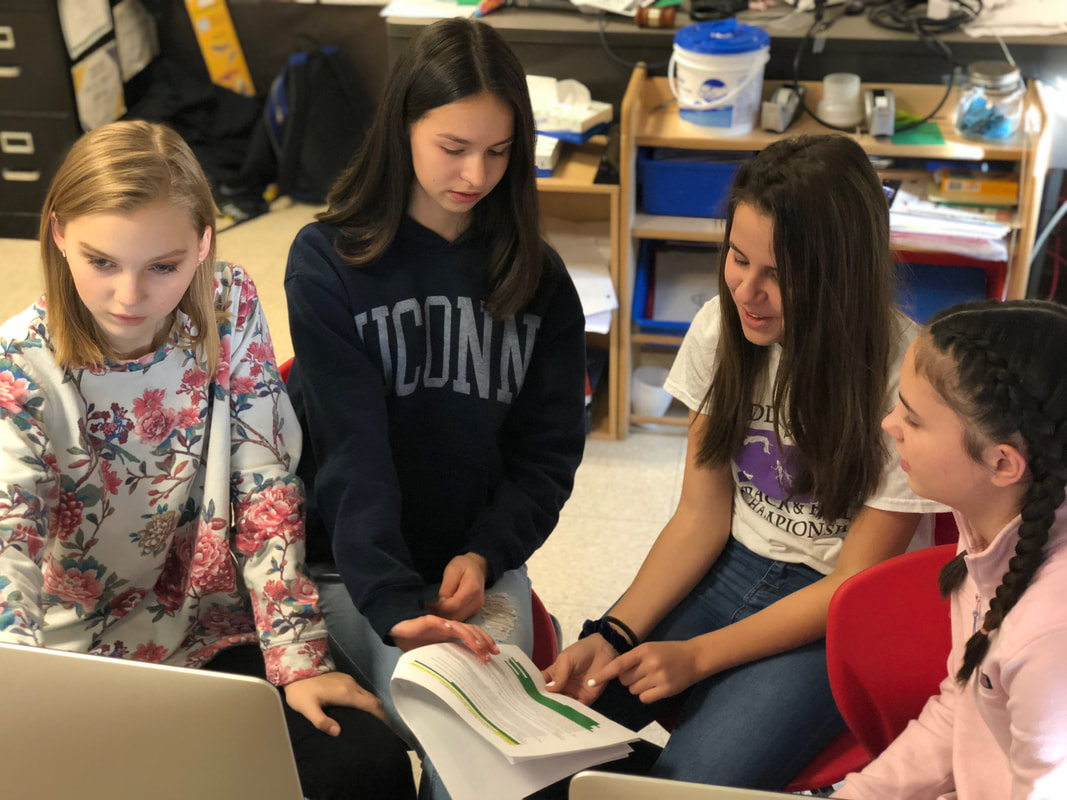

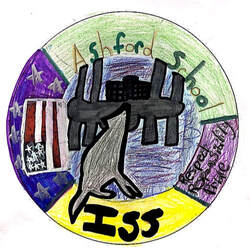

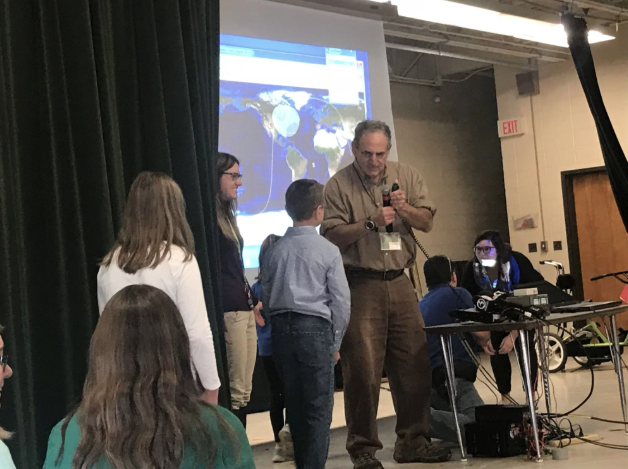


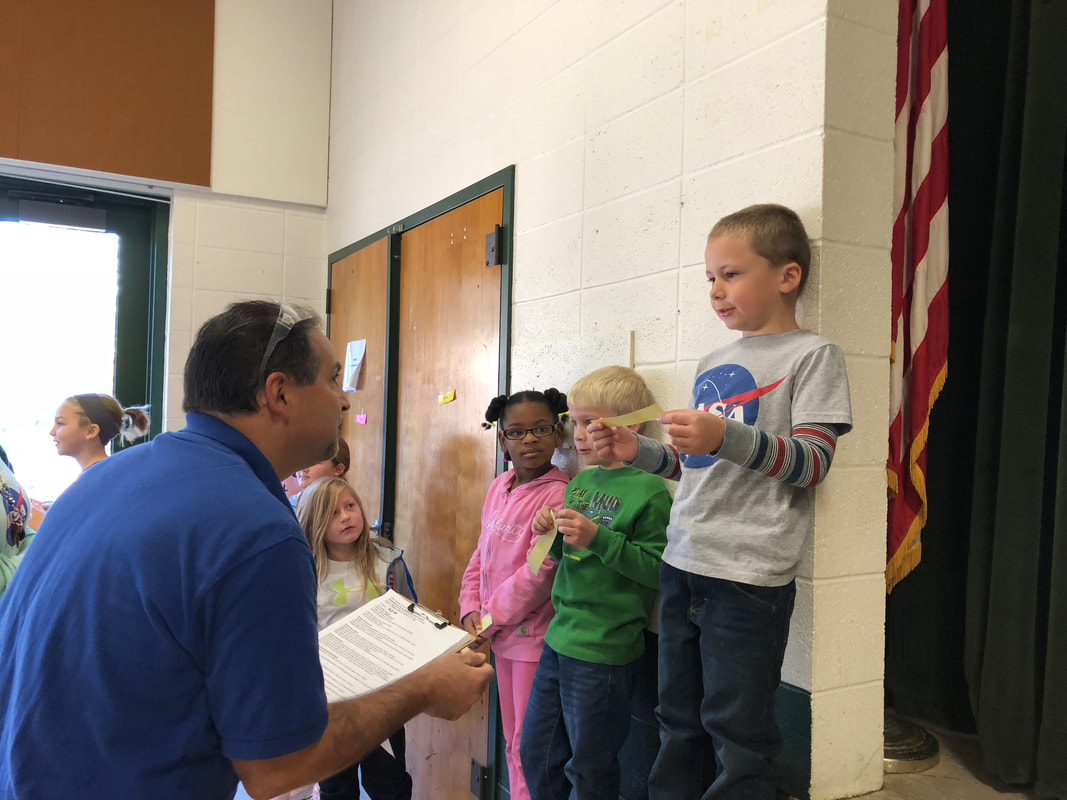
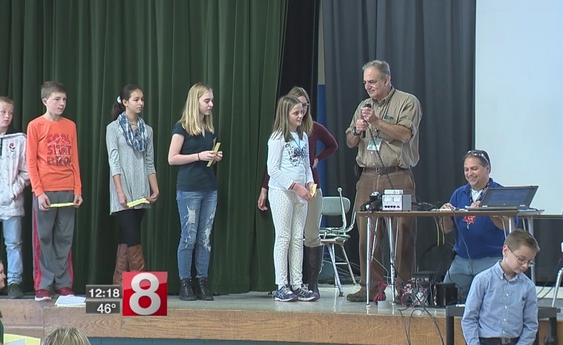

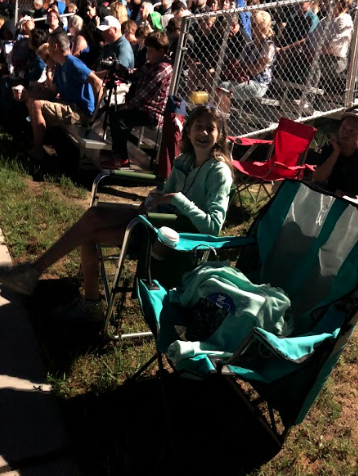

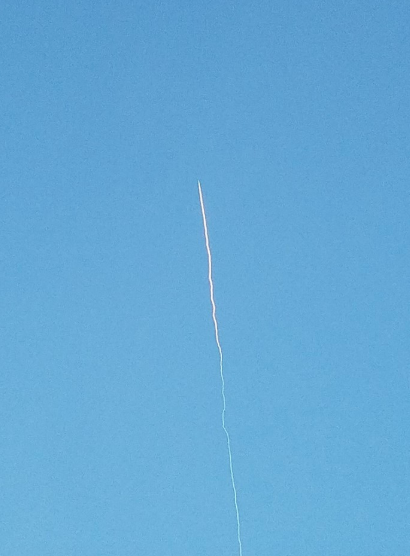






 RSS Feed
RSS Feed
